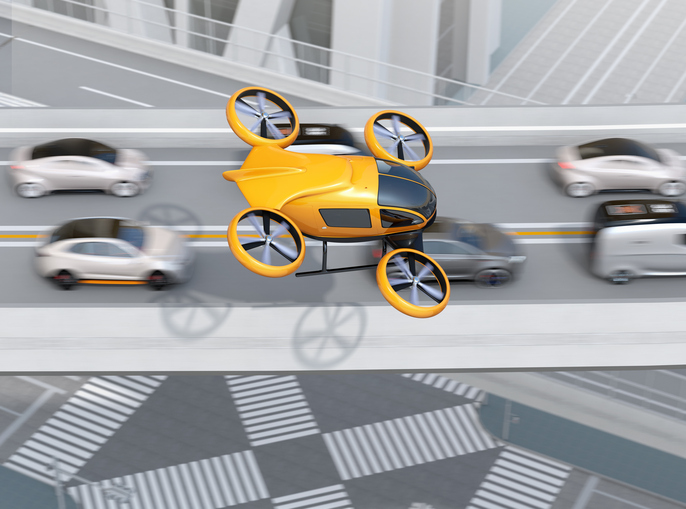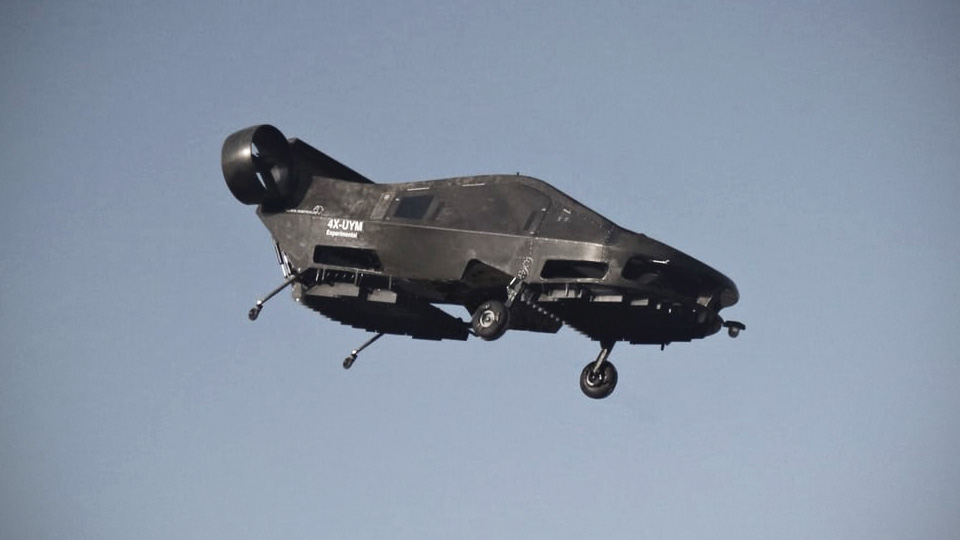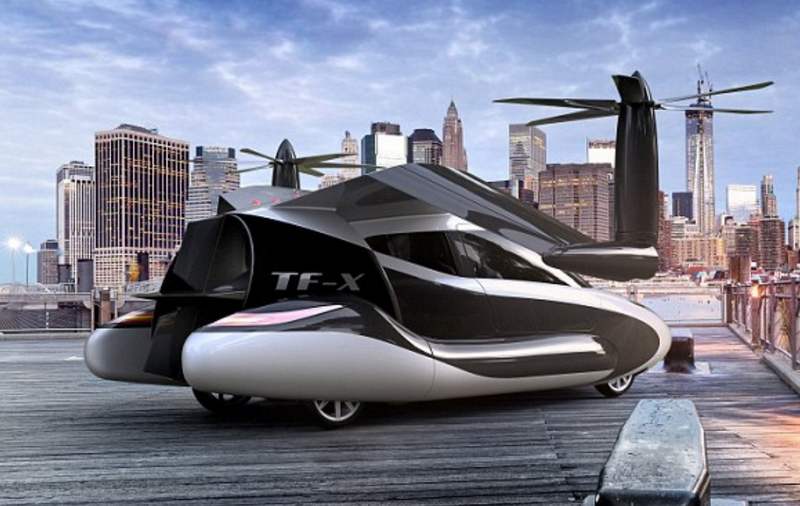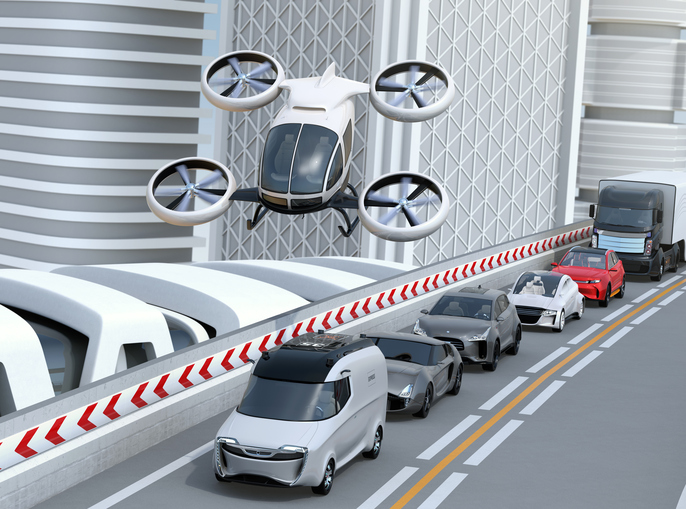It’s something we all dreamed about at some point when we were children. Cars taking off from the ground and soaring through the sky at supersonic speeds. For the time being that moment as we imagined it hasn’t reached the general public, but the first projects are already being launched and it looks like for future generations it will be less about dreaming and more about flying.

Dubai appears to be one of the countries where UAVs (unmanned aerial vehicles) will most likely begin to operate first as they’ve already made prototypes for people with greater purchasing power.
Associated Press reported in 2016 that tests had been carried out with a model called a Volocopter that’s capable of flying at a height of 200 metres. At the time, the Volocopter was announced as having a range of 100km carrying one person with luggage. Passengers won’t need any expertise as all they need to do is specify the destination and the drone takes them there using GPS tracks.
The drone uses 4G technology to communicate with a physical control on the ground with pilot operators that at least during the first phase of commercialisation will control the passenger’s movements. The price is expected to be in and around €300,000 and will have an electric motor capable of powering its 4 axes, 8 rotors and 2 motion sensors.
Another of the powerhouses strongly committed to passenger drones is China, which conducted the first public flight last February in the city of Guangzhou as a fully electric autonomous vehicle.
Meanwhile, the Israeli company Tactical Robotics has developed a UAV that can carry cargo and passengers and is designed to be used for military and civilian purposes.

Cormorant’s proposal is more robust. The aircraft’s engines are hidden in the interior, and it has already completed its first automatic flight. Aesthetically, it’s more like a spaceship than a drone, and can take off and land between building at low altitude. This model is expected to go on sale in 2020 and will be used in search and rescue operations.
In the world of flying cars, Terrafugia is one of the most promising companies. The US-based company is creating a four-seater vehicle called the Terrafugia FX that will operate at speeds of between 320km/h and 800km/h.

After the TF-X was given the green light, which is a prototype 10 times smaller, that the company will begin testing on a large scale in the coming years.
It’s clear that cars, as we know them, will soon cease to exist in the minds of younger children and become a reality that flies through the sky.







